
Low-Density Polyethylene: Uses & Properties
Have you wondered how different the soft crinkle of a sandwich bag and the smooth surface of a squeezable ketchup bottle is? Yet both owe their form and function to a material: low-density polyethylene (LDPE).
You’ll see low density polyethylene products everywhere around you. As one of the most versatile and widely used plastics, LDPE stands out for its unique combination of flexibility, durability, and chemical resistance.
Polyethylene is the backbone of everyday items, but its variations like LDPE and its high-density polyethylene (HDPE) offer tailored solutions for diverse needs.
The unique branched structure of LDPE gives it the lightweight flexibility that makes it perfect for packaging, films, and containers.
When considering manufacturing with LDPE, understanding its properties is key to ensuring precision in production. Let’s explore what makes LDPE a favorite in industries worldwide, its advantages, limitations, and how it compares to HDPE.
What is Low-Density Polyethylene (LDPE)?
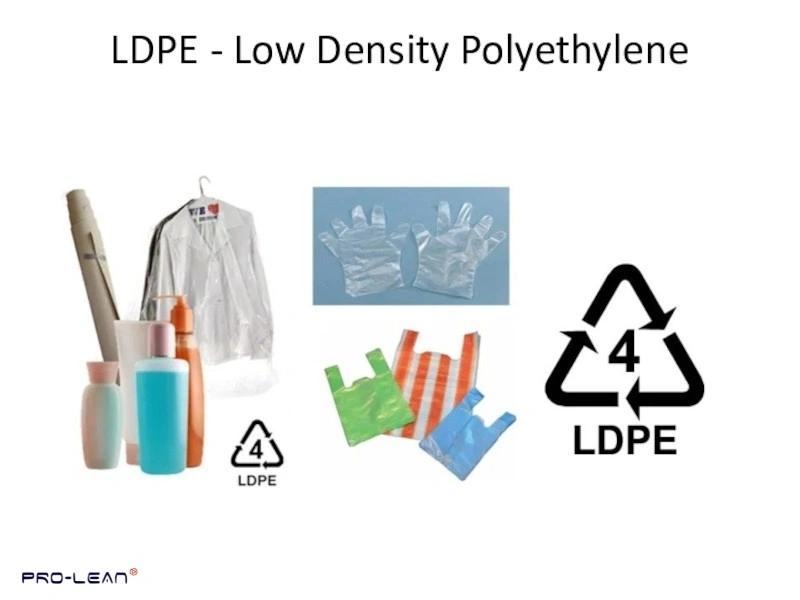
LDPE – Low Density Polyethylene Uses
Low-density polyethylene is a soft and flexible plastic material. It belongs to the polyethylene family of thermoplastics. The manufacturing process of LDPE is quite simple, as monomers (long strands of ethylene molecules) combine together to make the polymer, which is LDPE.
LDPE shares the same chemical formula as high-density polyethylene which is (C2H4)n. However, their densities vary and therefore their applications. Here, PIM process explained to understand that LDPE is usually translucent and flexible after its production.
Due to its flexibility and resistance to corrosion, LDPE is used in plastic products, including juice containers and cling wrap. Besides this, LDPE material is inexpensive and long-lasting.
Here is what the low-density polyethylene structure looks like:
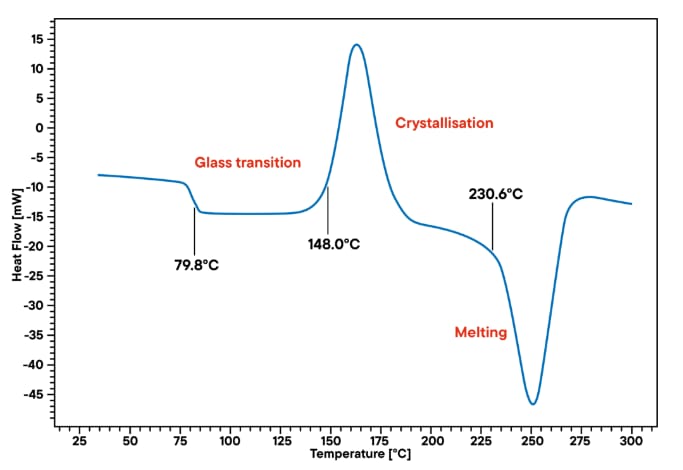
LDPE Thermal Analysis Graph
Try Prolean Now!
How is Polyethylene Manufactured?
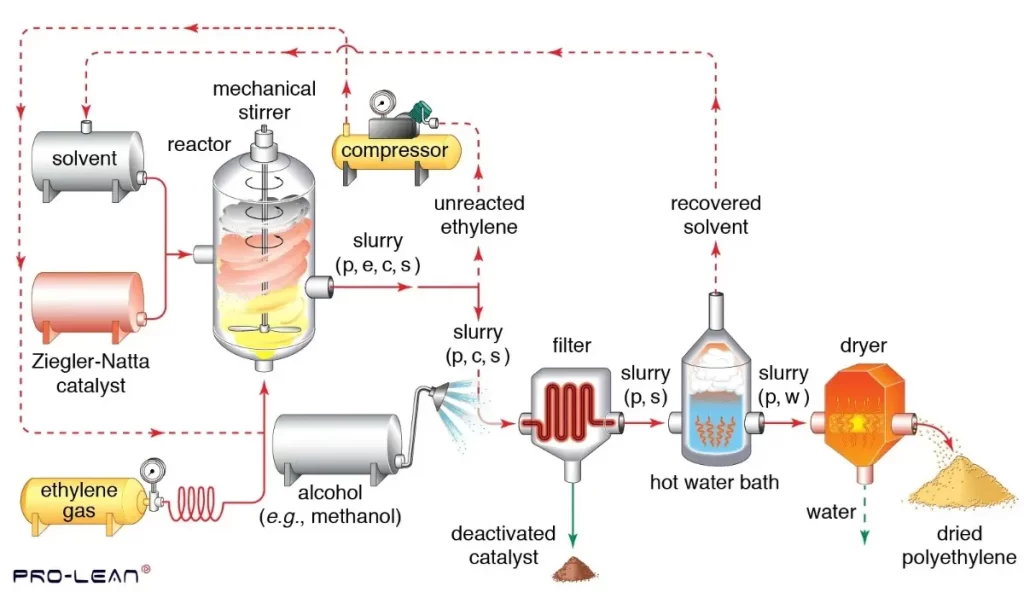
Polyethylene Manufacturing Process
The manufacturing process of LDPE follows a radical polymerization technique, where high pressure (3,000 atm) and intense heat (up to 570K) are applied to initiate the reaction.
The petroleum-based components are first broken down into tiny molecules and then ethylene gas is separated from the mixture and sent into a reactor.
The ethylene gas combines with an initiator (such as organic peroxide or oxygen) in the reactor. And that leads to the polymerization process. Injection Molding tolerances Guide & Design Considerations is necessary to understand to complete the process efficiently.
Low-density polyethylene resin can slightly change shape, turning into granules or pellets. It’s easy to convert these pellets into different shapes depending on their applications.
We frequently quote for LDPE at ProleanTech, Your Custom Parts Manufacturer, in our plastic extrusion and injection molding operations. This kind of polyethylene can also be used in the following fabrication processes:
- Thermoforming and blow molding
- Casting by Hoover
- Making films
Interesting read: Aluminum Injection Molding: A Comprehensive Guide
Properties of Low-Density Polyethylene
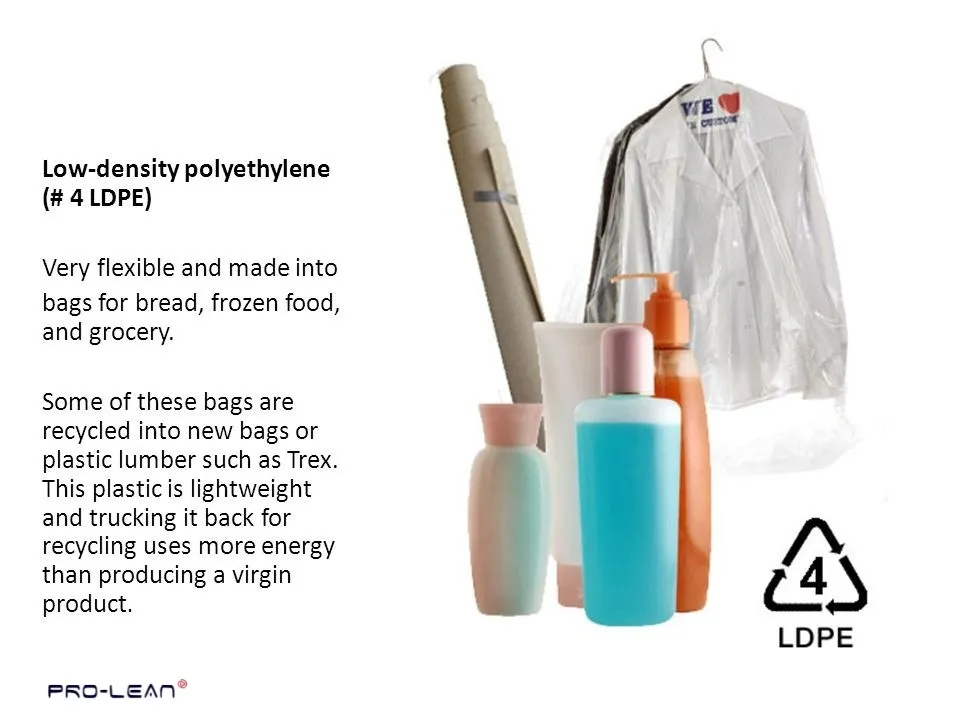
LDPE Properties and Common Uses
The properties of Low-Density Polyethylene (LDPE) make it a versatile material for a wide range of applications, from packaging to electrical insulation.
To maximize LDPE’s potential in manufacturing, Explore the injection molding process and types to ensure precision and efficiency in production. Here are the properties of LDPE that make this material stand out:
| Property | Description |
| Density | 0.91–0.94 g/cm³, making it lightweight and flexible. |
| Melting Point | Approximately 105–115°C, suitable for low-temperature applications. |
| Flexibility | Highly flexible with good elongation properties. |
| Tensile Strength | Lower than HDPE, suitable for lightweight applications. |
| Impact Resistance | High impact resistance, ideal for protective films and soft packaging. |
| Chemical Resistance | Resistant to acids, bases, alcohols, and most chemicals. |
| Transparency | Transparent in thin films, allowing visibility of packaged contents. |
| Moisture Resistance | Excellent moisture barrier properties, ideal for packaging applications. |
| Electrical Insulation | Good insulator, commonly used in electrical wiring and cables. |
| Recyclability | Recyclable, but requires appropriate facilities to handle contamination. |
Contact with our experts team to get fine quality LDPE.
Now that you know the properties of LDPE material, let’s get to know how these properties make it a top choice in different industries.
Try Prolean Now!
What is Low-Density Polyethylene Used For?
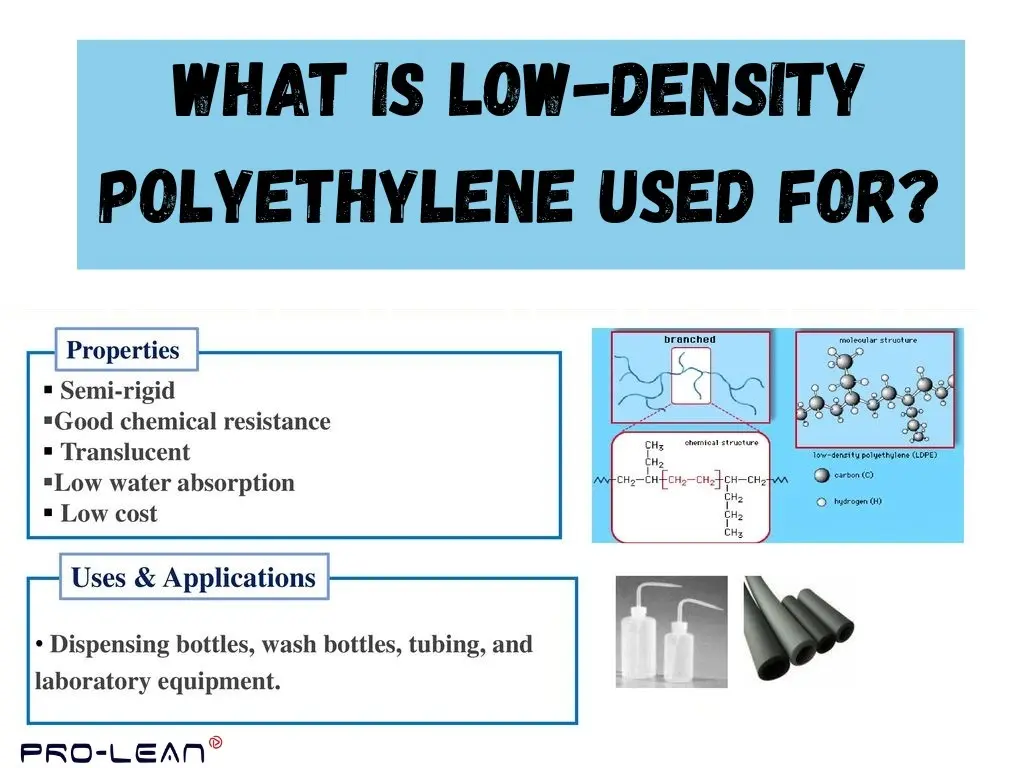
LDPE Properties and Applications
Low-density polyethylene’s properties make it an excellent choice for supporting larger weights without breaking or degrading.
The following are some more LDPE applications:
- Juice containers
- Toys
- Cable covering
- Films and cling wrap
- Grocery bags
- Trays
- Prosthetic Tubing
- Ice cream containers
- Laminates
If you’re into material manufacturing, learn How injection molding brings LEGO bricks to Life
What Are the Advantages and Disadvantages of Low-Density Polyethene?
LDPE has benefits but a few limitations too. Let’s get to know the advantages and disadvantages of LDPE:
| Advantages | Disadvantages | |
| Lightweight and Flexible | Low melting point, limiting high-temperature applications | |
| Resistant to Chemicals and Moisture | Susceptible to UV degradation unless treated | |
| Durable and Impact Resistant | Lower strength compared to high-density polyethylene (HDPE) | |
| Low Cost and Easy to Process | Non-biodegradable, contributing to plastic waste issues | |
| Good Electrical Insulation Properties | Limited structural rigidity for load-bearing applications | |
| Recyclable (in certain systems) | Recycling options are limited in some regions due to contamination concerns | |
| Transparent (when thin) | May not be suitable for heavy-duty or high-pressure uses | |
Low-density Vs. High-density Polyethylene
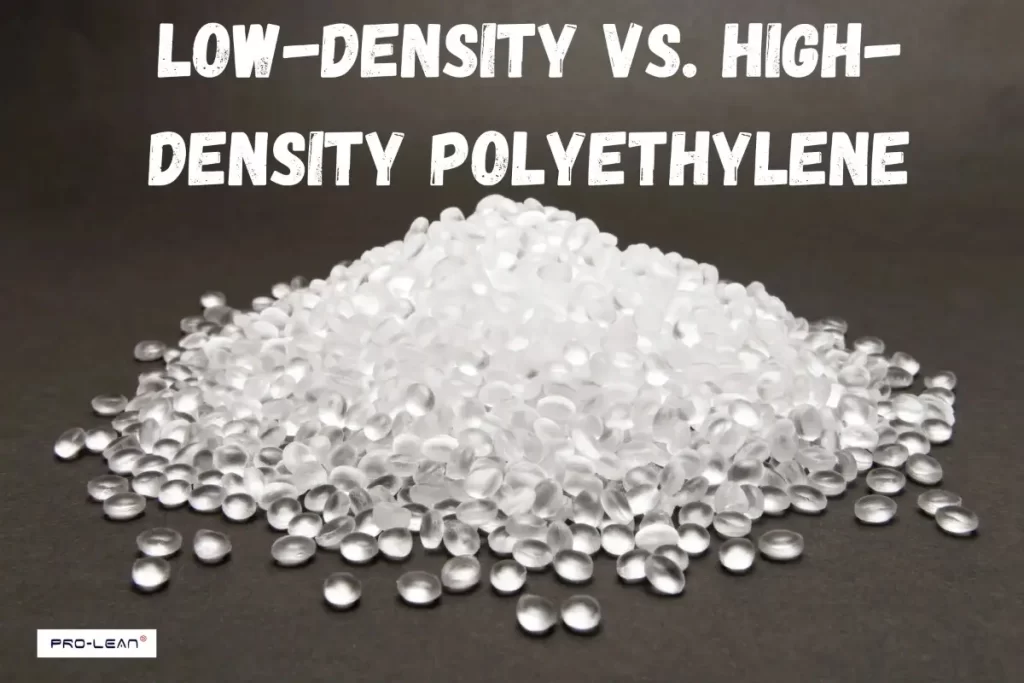
Low-Density vs. High-Density Polyethylene
As mentioned before, LDPE and HDPE have similar chemical properties; the only difference is their density, and ultimately, the physical properties vary.
Both are polyethylene with strength, flexibility, and chemical resistance.
Their polymer chains, as well as the weights and characteristics, differ. The flexibility of LDPE is a result of its looser molecular structure. Whereas, HDPE is less flexible because its monomers are closely packed together.
LDPE can give an elasticity that is not possible with its high-density equivalent.
To understand these polyethylenes, you need to thoroughly understand Micro Injection Molding: Applications, Types, & Advantages.
Here is one-on-one comparison of LDPE and HDPE:
| Property | Low-Density Polyethylene (LDPE) | High-Density Polyethylene (HDPE) |
| Density | 0.91–0.94 g/cm³ | 0.94–0.97 g/cm³ |
| Structure | Branched polymer chains | Linear polymer chains |
| Flexibility | More flexible and softer | More rigid and stiffer |
| Strength | Lower tensile strength | Higher tensile strength |
| Temperature Resistance | Less resistant to high temperatures | Better resistance to high temperatures |
| Chemical Resistance | Good resistance to chemicals | Excellent resistance to chemicals |
| Transparency | More transparent in thin films | Opaque even in thin forms |
| Applications | Plastic bags, squeeze bottles, and film wrap | Pipes, containers, and heavy-duty applications |
| Durability | Less durable in harsh conditions | More durable and impact-resistant |
| Recyclability | Recyclable but often limited by facilities | More widely recycled and reused |
| Cost | Typically lower | Slightly higher due to enhanced properties |
Read also: Injection Molding vs Vacuum Forming: Which One To Choose?
Wrap Up
Low-Density Polyethylene (LDPE) stands out as a versatile material as it’s flexible, durable, and has high chemical resistance. All these properties make it a go-to choice in different industries.
For businesses looking to use LDPE, precision and expertise in manufacturing are crucial. That’s where ProleanTech comes in. As a leader in Injection Molding Service, ProleanTech ensures high-quality production with innovative solutions tailored to your needs.
Trust ProleanTech to bring your LDPE designs to life with unparalleled precision and efficiency. Get your quote now!
FAQs
Q1. Is Low-density Polyethylene Safe?
Yes, LDPE is considered safe to use due to its non-toxicity and chemical stability. Therefore, it can be used for food packaging.
Q2. Why Can’t LDPE be Recycled?
LDPE is recyclable, but the process often takes time and has a high chance of contamination. Besides this, the value of recycled LDPE is very low, so it’s preferred not to recycle LDPE.
Q3. Is Polyethylene Toxic to Humans?
No, Polyethylene is a non-toxic plastic which is why it’s used for medicine and food packaging.
Q4. Is LDPE Safe for Drinking Water?
LDPE does not release chemicals and that’s why it’s safe for drinking water storage.

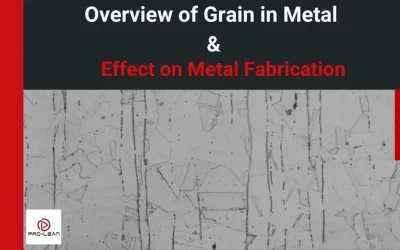
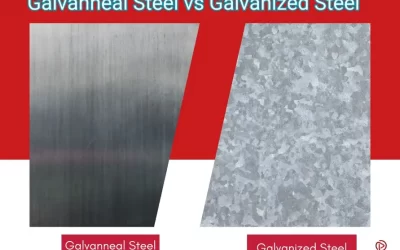
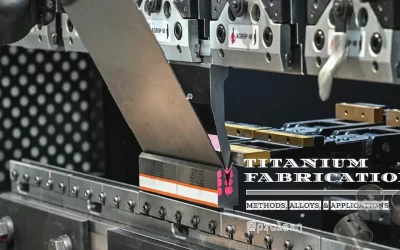
0 Comments